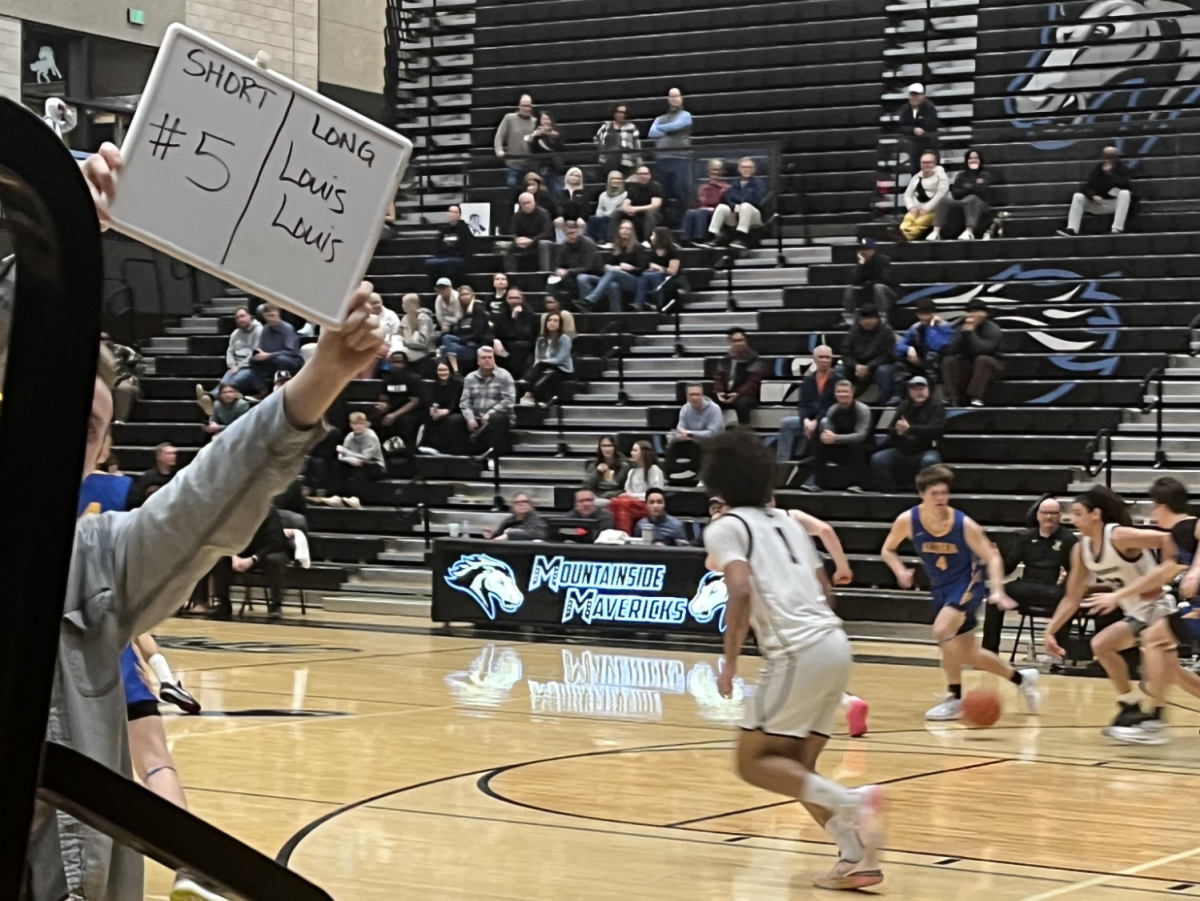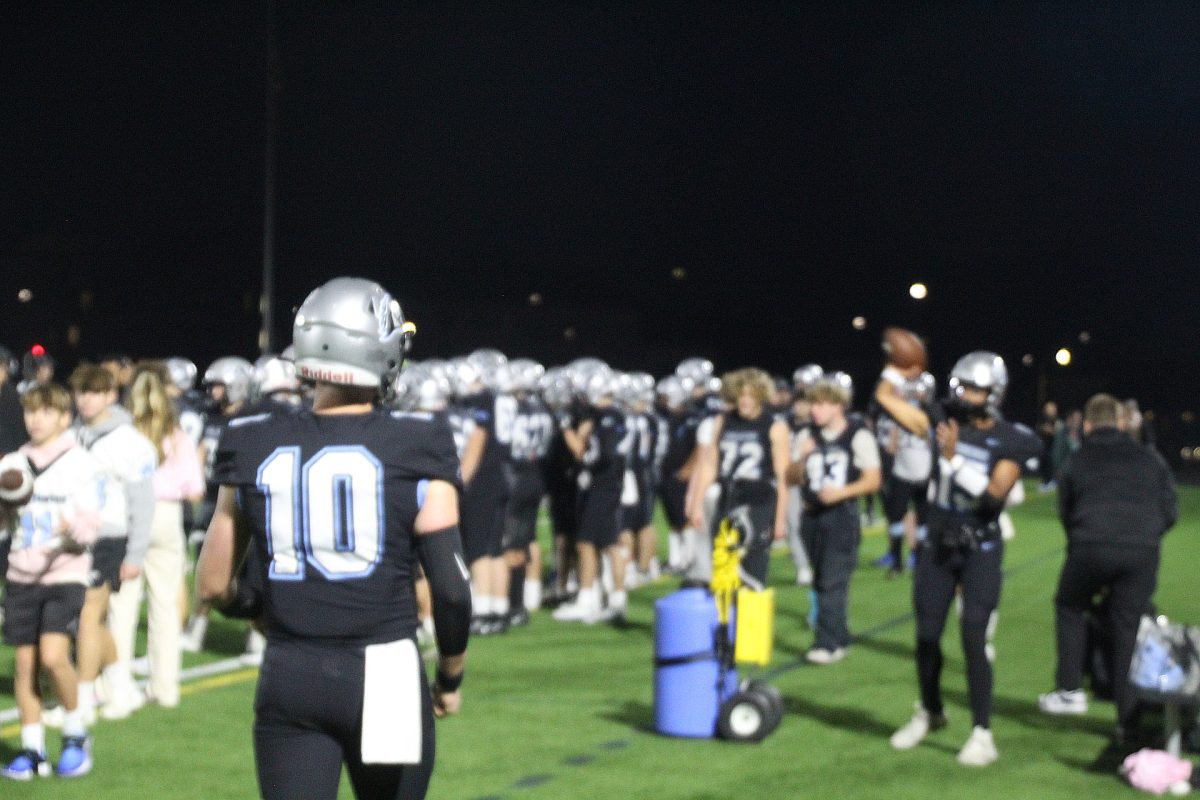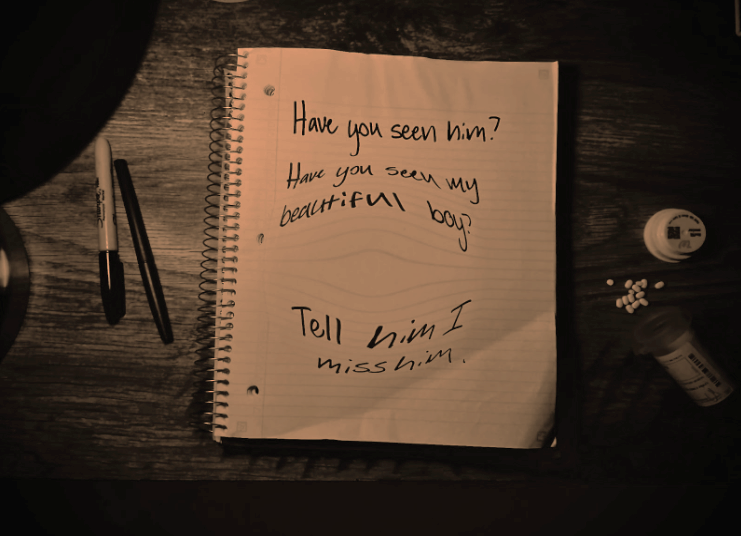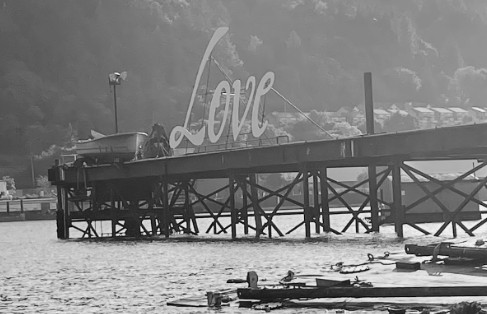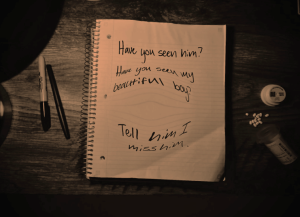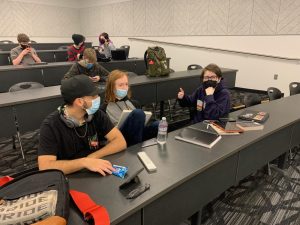1917: The Beautiful Cinematography of the “One-Shot” Film (Spoilers)
December 4, 2020
Written and directed by Sam Mendes, 1917 is a film that left me in awe. When it was released back in 2019, I wasn’t jumping out of my seat to see it. Whether their plots are fictional or not, I’ve never been a fan of action movies, especially war movies.
1917 is a story based on the events of WWI. Interestingly, the story was inspired by Mendes’ grandfather, Alfred Mendes, who enlisted in WWI at age 17. Although plenty of WWI movies have been made, none of them left such an impact on me in the same way that 1917 did after I left the theatre.
Unique in its use of cinematography, 1917 takes the audience on a grappling journey, centered around two young soldiers. In order to save thousands, they must warn their fellow soldiers about a German trap that they are about to walk into. This movie never left me uninterested, due to Mendes’ brilliant work. Unlike many other war films, this movie does not rely on gore – or any kind of shock value – in order to satisfy its viewers. 1917’s storyline, characters, and atmosphere create some of the best moments I’ve ever personally seen on the big-screen.
Lance Cpl. Schofield, and Blake, are both ordered to cross over enemy lines, and risk their lives, in order to carry out a message to 1,600 of their fellow soldiers – one of which is Blake’s brother – that a surprise enemy attack is nearing. In reference to one of the most brutal staples of WWI, the British soldiers are forced to enter into a “No Man’s Land,” which is the open area between the two fighting sides’ trenches. Putting both of their lives on the line, the two soldiers’ tale leaves the audience on-the-edge of their seat. Since the film was made to look as though it was filmed in one continuous shot, there is never a break from the suspense.
One of the most magical scenes in the film takes place when Schofield and Blake stumble upon a small cottage surrounded by cherry blossoms, on their way to Écoust, France. Blake explains that his family grows that particular tree, and how people often make the misconception that there’s only one type. These cherry blossoms act as a recurring motif throughout the film. This scene is one of many that showcase the film’s beautifully-directed cinematography. Shortly after they depart from the prescribed peacefulness of the cottage, Blake and Schofield encounter a German soldier whose plane crashed into the barn. Blake is killed after attempting to save the soldier, explaining to Schofield that he must go on in order to save his brother, not allowing another heartbreak to come to his mother. When Schofield nearly faces death later in the film, he is reminded of Blake and his mission when cherry blossoms follow him down the river.
Due to the raw and uncut nature of the “one-shot” technique, many moments in the film provide the audience with “mistakes” that actually – in my opinion – help emulate the reality of war. When Schofield ultimately reaches the 2nd Devons, in order to warn their Colonel, he must jump into the line of fire where the 1st wave of troops is already charging. From this moment, we get a brilliant shot of Schofield running, tripping, and falling over multiple soldiers. Turns out, the scene was mostly unplanned. With there being a lack of cuts in the film, it would’ve been pointless to start again. They decided to keep shooting even after the actor fell, and now that scene is often considered the most beautiful segment of the entire film.
Since the film was made to look as though it’s one continuous shot, areas of the film that might otherwise feel bleak, or boring, will often – abruptly – transition the audience into an unforgettable moment. Although the focus remains mostly on Schofield for the duration of the film, the interactions between him and the other characters serve as moments of constant character-building, something that is quite discrete but commendable, in my eyes. The story is rather straightforward, and may not seem as extremely enticing to most; however, the formation of each scene leading up to the final moments – as Schofield runs to warn Colonel Mackenzie of the upcoming attack – left me feeling as though this entire mission was one of life or death, for all of those involved. I was constantly left rooting – with all of my might – that the protagonist would make it in time to warn the 2nd Devons.
Some critics believe that the one-shot experience of 1917 was unnecessary, and was actually damaging to the film. Many thought the framing of the film also led to a lack of character development, a vital ingredient in the movie mixing pot. Though I disagree with both, it’s understandable that the framing of the film was a definite risk. Now given my opinion, whether you decide to watch this film, or not, is up to you. I personally left with the impression that everyone should see this movie, and then see it again, and again once more.
1917 is one of those movies that leaves a mark on the way you view all cinematic experiences, in that genre, moving forward – similar to the impact that films like Jaws or The Shining had. It made me appreciate the time and effort of the entire team that worked on the production of the film. It’s not perfect, as no film is in my eyes, but downplaying its impact is nothing short of a catastrophic mistake. Movie-makers everywhere should learn from the successes of 1917 and hopefully apply their own wisdom to films with a similar touch of brilliance.
The official trailer for 1917 on YouTube.




